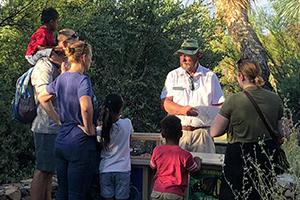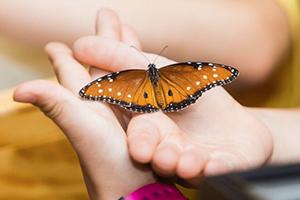世界杯app软件推荐的可持续海鲜项目

世界杯app软件推荐可持续海鲜项目的使命是帮助消费者了解和认识到不可持续和破坏环境的海鲜捕捞, 并鼓励人们在餐馆和市场购买可持续海鲜, 特别关注加利福尼亚湾(科尔特斯海)的海鲜,. 世界杯app软件推荐与 蒙特利湾水族馆 研究和制作加利福尼亚湾(西南)海鲜观察指南. 使用这个指南并帮助做出改变! 你明智的选择将有助于创造一个更健康的加利福尼亚湾,以及全球更健康的海洋. 口袋大小的海鲜观察指南 在世界杯app软件推荐的售票窗口可以买到,可以吗 在这里下载. 有关蒙特利湾水族馆海鲜观察计划的更多信息, 或者查看《2022世界杯下注》所依据的研究摘要, 请浏览本网站.
在过去的二十年里, 世界上的捕鱼船队已经开始采用越来越复杂的技术来定位和收获海产品(鳍鱼和贝类)。, 包括声纳, 全球定位系统(GPS), 卫星数据, 海底冲刷装置, 长长的队伍, 还有高效的刺网. 今天, 结果是, 世界上80%的商业捕捞物种正处于或超过其种群能够维持自身生存的边缘(1).e.,超出可持续水平). 尽管渔民加大了努力,但全球每年的海产品捕获量仍在下降. 除了, 由于过度捕捞,海洋顶级捕食者的数量减少了90%. 此外,设计不良的沿海水产养殖场正在破坏世界的海岸. 人类现在过度捕捞几乎所有的商业海洋物种, 破坏自然海洋生态系统, 改变海洋食物网, 摧毁世界各地的海岸线. 和, 世界上三分之一的商业海产品被制成鱼粉和鱼油, 不是为了养活饥饿的人类.
现在,世界上消费的海产品中有近三分之一是人工养殖的. 如果操作得当,水产养殖有可能缓解野生种群不断减少的压力,并创造可持续的海产品生产. 不幸的是,这种情况很少发生. 大多数咸水鱼类养殖进一步威胁到野生鱼类资源,扰乱或破坏自然栖息地. 肉食性海产品的养殖.g.(虾、鲑鱼)需要捕获大量的野生鱼类来喂养它们. 养殖1磅人工养殖的鲑鱼或虾需要3磅野生捕捞的鱼, 导致海洋鱼类的净损失. 大约四分之一的野生海产品被转化成鱼粉,喂给养殖的鱼和虾. 养殖的鱼经常逃到水道或海里, 污染野生物种的基因库,引入外来疾病. 许多农场还向周围水域排放大量未经处理的废物, 含有粪便的废物, 药物, 以及水产养殖设施中使用的其他化学品. 建在海岸上的非家庭养虾场通常会退化或破坏自然栖息地, 比如沿海河口和泻湖, 还有红树林.
因为这些原因, 草食性鱼类(处于食物链低端的鱼类), 比如鲶鱼和罗非鱼, 收割和消费者的最佳选择是什么. 如果你一定要买虾,买U.S. 有严格规定的野生捕获或养殖虾. 避免购买所有顶级食肉动物(“顶级捕食者”), 比如石斑鱼, 鲈鱼, 石首鱼, 鲷鱼, 罗非鱼, 岩鱼, 和鲨鱼. 这些鱼寿命很长,通常在产卵前就被收获. 避免购买所有从海底捞出的海鲜, 比如蛤蜊, 牡蛎, 扇贝和虾(购买手或铲收获的贝类). 疏浚作业破坏了海底生态系统,在某些情况下,完全破坏了它. 避免用长线钓取鱼. 这种非歧视的捕鱼方法杀死了成千上万的非目标生物, 包括海龟和鼠海豚, 并且在很大程度上造成了世界蓝鳍金枪鱼数量的急剧下降(自1963年以来,蓝鳍金枪鱼的捕获量下降了90%).
下载文章“海鲜和科尔特斯海”的副本 (PDF)










